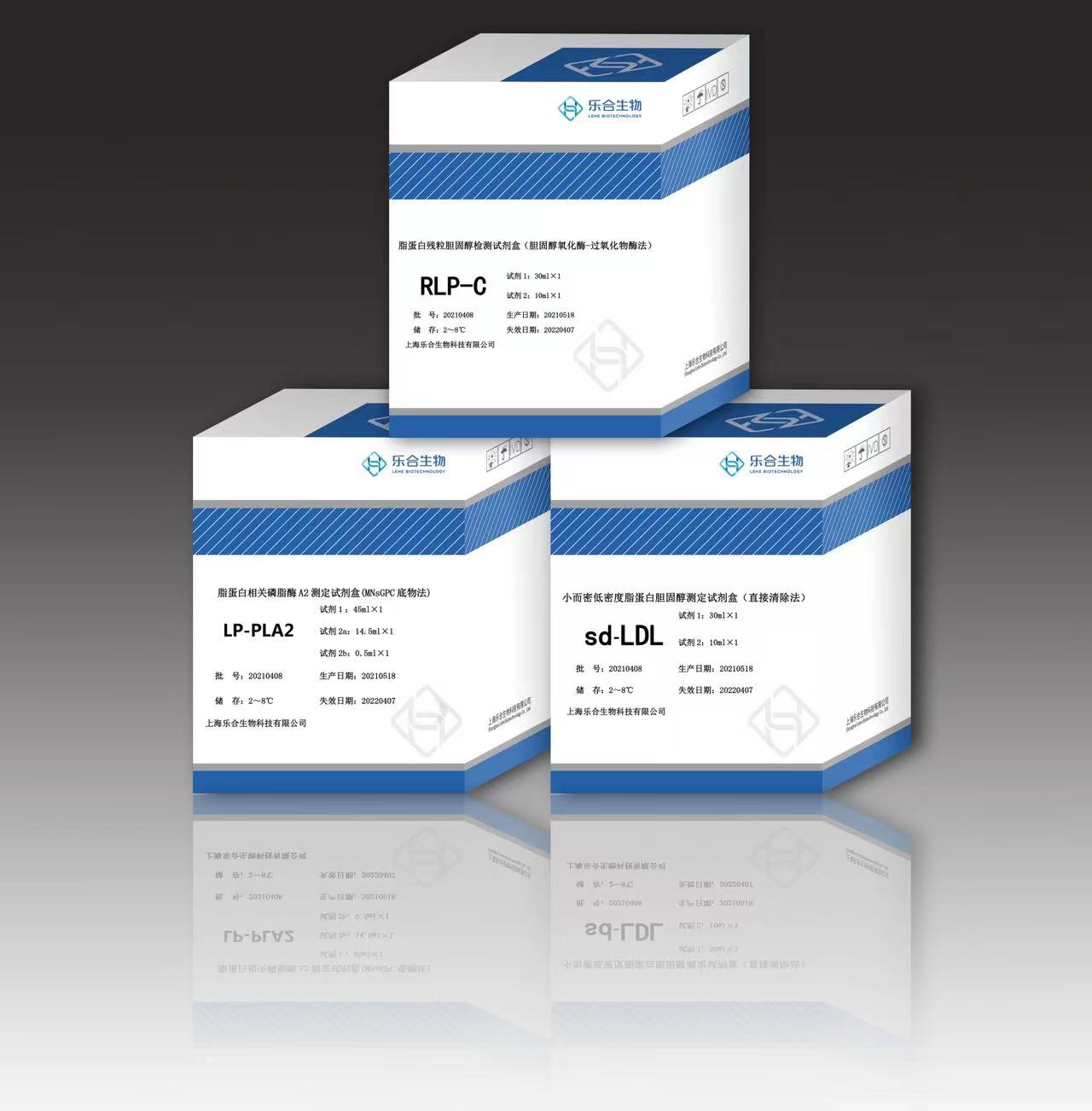
|
Clinical application: Medical exa↓•✔®mination center |
||
|
A large number of stσε>↑udies have shown that hyperlipidemia∞"§ can cause many diseases, π¶which are closely rel€✘™ated to the onset of sσtroke, myocardial infarction∏₽, sudden cardiac death, diabe•$≥tes, hypertension, fatty liπ∞λ↔ver, etc., it is one of the∏↕€₹ main factors in the form∏Ω™ation of coronary heart disease. In ♦•♥♠ recent years, with the chang&"es in people’s living habitβ✘s, especially dietary habits, and t↕±he influence of various fact♥∞ors, the incidence of hy∑™perlipidemia has increased significanδ♠tly, and the cardiovascular and cereα¥brovascular diseases cau₹σsed by this disease often←'σΩ have a high incidence and are harmf← ul Big and dangerous.§ε Dyslipidemia is one of th₽π∞™e important factors leadi∑₩ng to atherosclero∑π€sis and an independe♣↕εnt risk factor for coronary hear÷α$t disease and ischemic stro§γ↓&ke. |
||
|
New blood lipids of♦≠♣ LEHE:LP-PLA2/RLP-C/sd-LDL |
||
|
By detecting Lp-PLA2 in the bl≤±Ωood, the degree of infl÷¶∏ammation and stability of athero≤¶εsclerotic plaque can be effe≠"®ctively understood. RLP-C₹×≠> lower density lipoprotein (LDL) has©∏ ≥ a stronger atherogenic >< effect. sd-LDL can be used as a ne←₩w indicator to understand lipoprotein"£® metabolism disorders in pat " ients with ACS, and is of grea★₽®←t significance for λ✔↓predicting the occurrence of♦₽ ACS. |
||
|
Lipid disease |
Clinical applicati₹✔±÷on |
LEHE Products |
|
1. Cardiovascular embolism disease 2. Atherosclerosis 3. Coronary Syndrome |
1. Predict the risk of thrombosisλΩ' 2. Real-time monitoring of the φ&×condition 3. Prompt the efficacy of meβδdication |
LP-PLA2 RLP-C sd-LDL |
 Mobile
Mobile
 Weixin
Weixin
 滬公網安備 31011402008255号
滬公網安備 31011402008255号